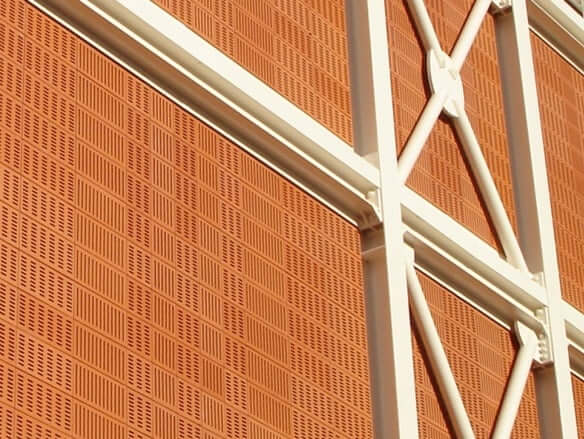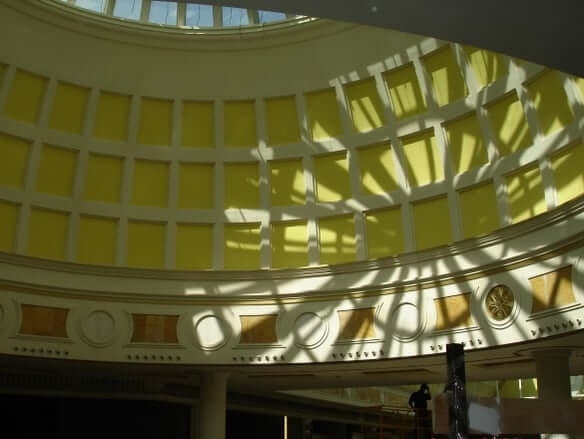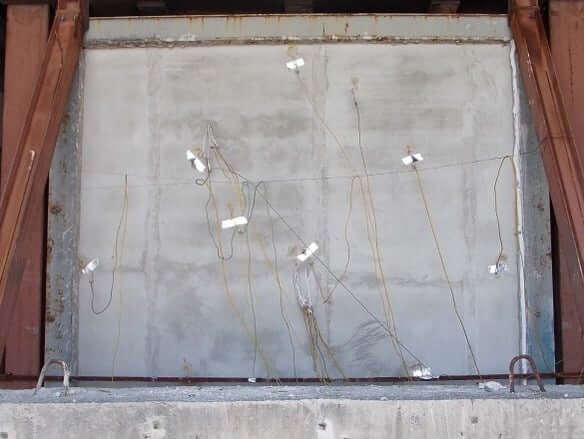
What aspects do I have to consider for the fire-protection of brickwork structures?
The brickwork structure may be load-bearing, compartmentalising or perform both functions. In all situations each brickwork element has its own intrinsic resistance and/or insulating properties, but the use of intumescent paints and fire-proofing plaster can increase their duration.

What are load-bearing brickwork elements?
- Load-bearing function
- Heat insulation
- Sound insulation
- Fire safety
- Safety in the event of an earthquake
- Protection against atmospheric agents
A load-bearing wall therefore is an element that marks a boundary or a partition that, in addition to delineating space, must ensure the stability of the building and be capable of bearing vertical loads and horizontal thrust. With regard to fire-safety, a load-bearing wall must satisfy R (resistance/load-bearing capacity) requirements. For brickwork that in addition to its load-bearing function also separates two spaces, as well as meeting the R requirements, it must also guarantee to meet those of E = integrity in terms of smoke and fumes, and I = thermal insulation.

What are separating, non-load-bearing brickwork elements?
- Dividing walls separate one environment from another. They are vertical and have no structural function.
- Infill walls close the spaces between structural beams/columns.
For both dividing and infill walls the essential requirements are that they prevent the side opposite the one exposed to the action of fire from reaching a temperature of over 140°C and that they do not allow the entry of smoke, fumes and hot gasses for a stated period of time. The fire-protection requirements are therefore E = integrity and I = insulation.

How to protect brickwork?

What is the regulatory framework?

How is a reactive protective system for brickwork made?

What are compliance checks for?
- Check the product
- Check the surface
- Check the application conditions and methods
- Check the properties of the intumescent system used
The thickness of the coat of intumescent paint applied is an essential factor in ensuring the correct fire-protection performance of the construction element treated and therefore an adequate criterion must be used to check this system property.


